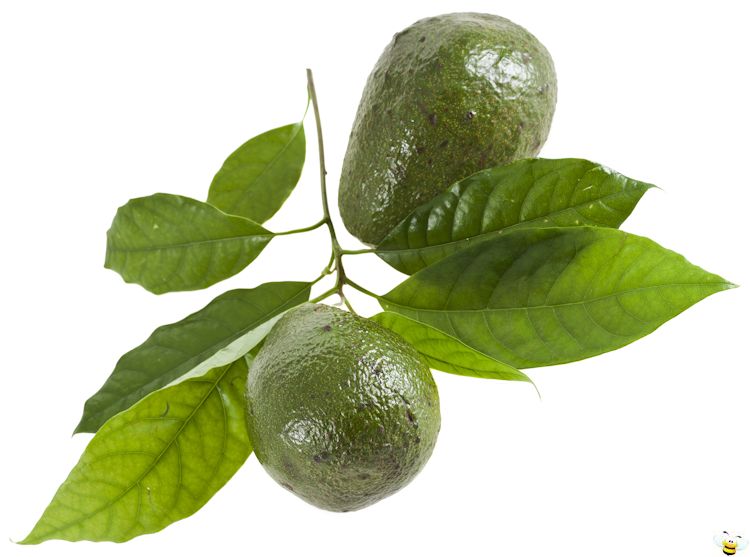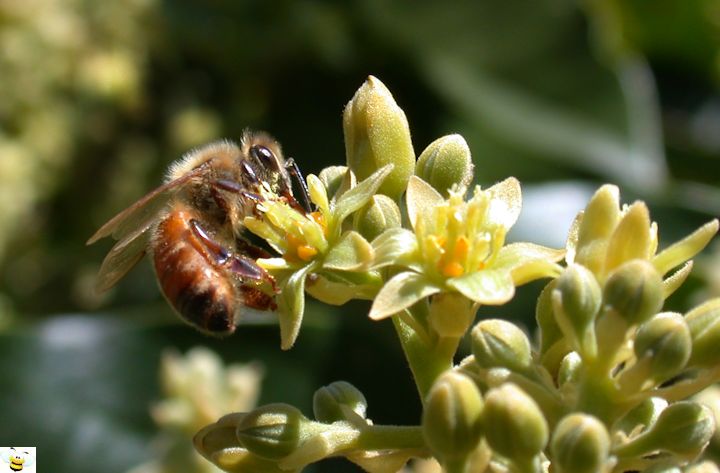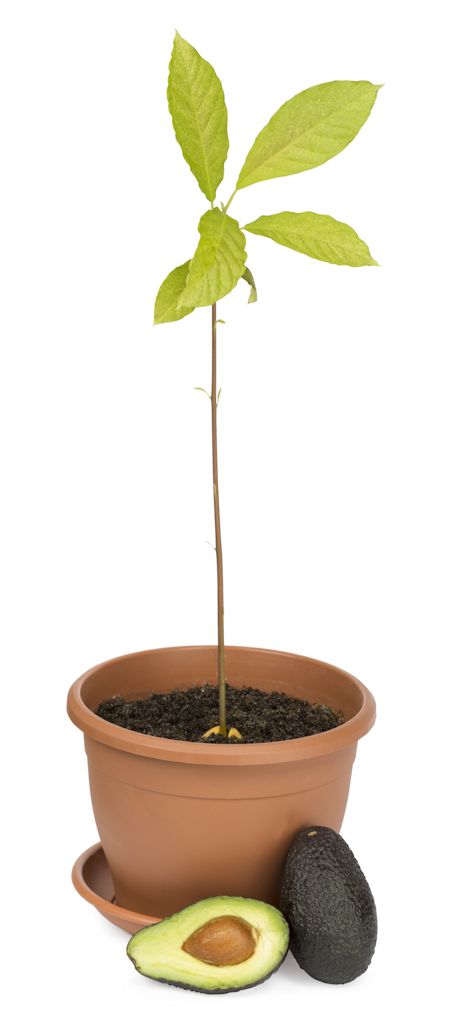Avocado Honey is Not Only Bold in Flavor...
Avocado Honey inherits uniqueness in flavor and nutritional value from the nectar honeybees collect from the avocado blossom!
Its boldness makes it useful in the kitchen, adding flavor as well as sweetness to your next fabulous dish! Use as a substitute for sugar in cakes and pies or drizzle over fresh fruit and yogurt deserts. Also use as a substitute for molasses or anywhere a sweet bold flavor is a compliment to your dish.
This honey also may be a favorite of those who like to pair honey with strong cheeses.
Avocado honey is bold in many ways making it extra versatile for use in the kitchen preparing foods!
In addition to its darker color and bold, unique flavor you can expect higher levels of vitamins, minerals, and antioxidants than other honeys.

WHIZZ NOTE: You will probably either love it or hate it…but no matter what you should at least try it!
Flavor…bold and rich with a full bodied buttery nut taste providing a creamy smooth yet thick and powerful flavor experience. Not too sweet with a floral undertone.
Color…is dark amber, almost molasses like.
Storage…is average among honeys.

Plant:
Avocado is a subtropical tree that grows up to sixty-six feet tall with alternating single leaves nine to ten inches in length. This tree is highly susceptible to frost and wind. Wind will easily dehydrate this tree and even light frost may cause fruit loss.
Bloom:
The blossoms on the avocado tree remain fairly hidden because of their greenish-yellow color and relatively small size of two to four tenths of an inch wide.
Flowering takes place from January to March depending on the variety and location but regardless of when flowering happens…a single flower will only remain open for two days. The first day is the female phase…then the flower will close and reopen the second day with male attributes.
Each tree will have thousands of flowers and will require insects and wind to provide pollination.
Location:
Subtropical climates are those areas where the average temperature is at or above fifty degrees Fahrenheit for eight months of the year and the coldest months averaging between forty-three and fifty-five degrees Fahrenheit.
These climates can be found located between the Tropic of Cancer and the Tropic of Capricorn and the 35th parallel in both hemispheres. Worldwide you will find the avocado honey a common crop in Mexico, Central America, and Australia.
In the USA, Southern states from California to Florida provide ideal climates for the avocado to thrive. Southern California is king though providing the location for about 95% of the total US avocado production. This also means that you will find Southern California to be the primary US source for avocado honey.
Honey and Pollen Potential:
The avocado is in bloom at the same time and in the same regions as citrus orchards. Orange blossom honey tends to be more popular in general due to mild attributes and therefore beekeepers many times focus on orange trees instead of avocado.
The avocado honey does have a passionate following though and there is a growing market for this honey as people learn to appreciate its bold characteristics.
This honey plant is not a significant source of surplus pollen although it will provide plenty of olive-green pollen for brood rearing to remain strong.

Avocado honey may very well become one of your favorites... for very specific purposes!
It has the flavor potential to add just the right “pop” to a variety of foods. It also has higher levels of vitamins, minerals, and antioxidants making it the honey of choice for many health related purposes including skin treatments and facial masks.
Honey › Good Honey Plants › Avocado Honey




